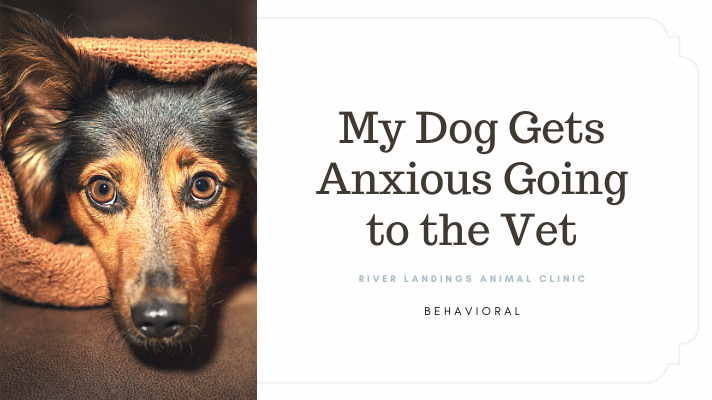Lipoma in Dogs
Lipomas are subcutaneous (underneath the skin) masses or tumors that develop commonly in dogs. They are usually soft, with limited mobility under the skin. The overlying skin is usually not affected. Over time they can grow larger and can impede movement if they are located between the legs or low on the chest. Most dogs that develop a lipoma will develop multiple tumors. But, it is important to recognize that additional masses do not necessarily indicate malignancy or metastasis. Since other cutaneous masses may appear similar to lipomas, it is recommended that every mass be checked individually.
Another subclassification of benign lipomas is infiltrative lipomas. These typically invade locally into muscle tissue and fascia and may need to be removed.
Liposarcomas, on the other hand, are malignant and can spread (metastasize) to the lungs, bone, and other organs. These tumors are rare but are indicative of the importance of examining all subcutaneous masses respectively.
Symptoms
Most lipomas feel soft and movable under the skin. They usually do not make pets uncomfortable unless they are in a location where normal movement is disrupted, like in the axillary region under the front leg (armpit). Often they are located on the belly or trunk but can be anywhere on the dog’s body. Most dogs with one lipoma will eventually develop several.
Diagnosis
Your veterinarian will do a complete physical exam, checking for all palpable masses. A fine needle aspirate will indicate whether the mass is a benign lipoma, or whether it is a more worrisome masses that is mimicking a lipoma. If the aspirate is inconclusive, surgical removal and histopathology may be necessary to arrive at a clear diagnosis.
Infiltrative lipomas may require computed tomography (CT) or magnetic resonance imaging (MRI) to adequately understand the mass and tissue location. This can be important information for the surgeon to decide how much of the mass can be removed and what approach needs to be employed for surgery.
Treatment
Most dogs will not need to have their lipomas removed. However, if the lipoma is restricting movement in any way it will be necessary for your dog's comfort to remove the lipoma. In addition, if any diagnostics indicate the mass may be a more aggressive tumor, it may be advised to have the mass removed while your dog is still under anesthesia. Removal tends to be a simple process if the mass is small because lipomas are benign, meaning that they have not invaded the body, and a large margin is not needed.
However, one type of lipoma, the infiltrative lipoma, can require a more complex procedure. As the name implies, infiltrative lipomas invade into muscle tissue and fascia and can make complete surgical excision difficult. Radiation therapy has been used for infiltrative lipomas and may be used alone, or in conjunction with surgical excision.
Living and Management
Other subcutaneous masses, such as mast cell tumors, can mimic the appearance of a lipoma. It is vital to make sure that every mass is evaluated individually in the event that one of the masses is malignant. You will need to continue to monitor your dog's lipomas, noting any changes in size, number, or location.
Hear From Us Again
Don't forget to subscribe to our email newsletter for more recipes, articles, and clinic updates delivered to your inbox (here). Or, you can keep up to date by liking and following our Facebook page (here).
Related: We have more information under our dog health category.






